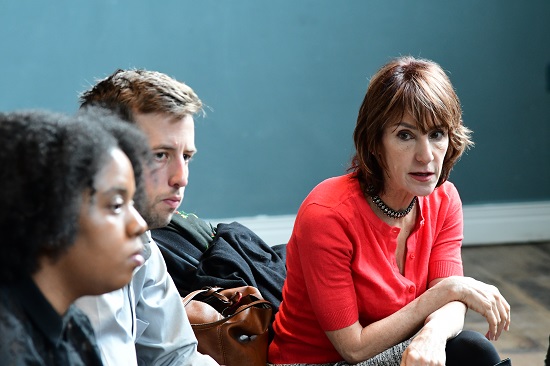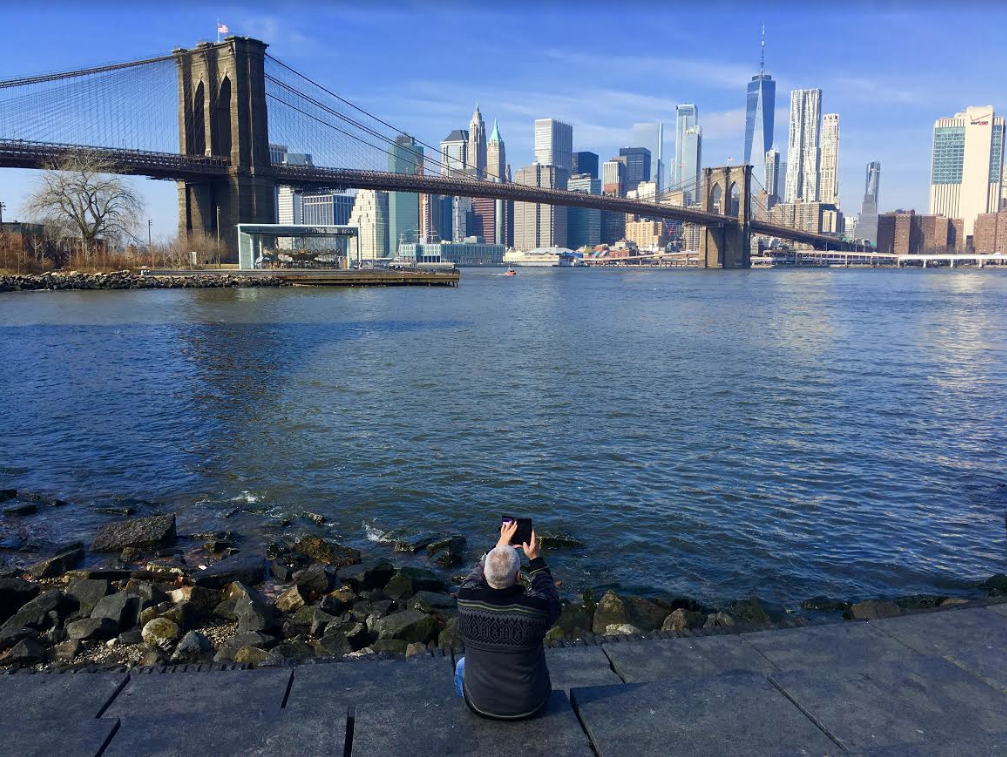L Train coalition prepares to confront agencies on behalf of North Brooklyn
Business, community and political leaders seek to ameliorate looming transit crisis

The words “New York City,” “transportation” and “crisis” have become as redundant as that “expect delays” sign that overlooks the Gowanus Expressway. Just navigating around to observe and report on Gotham’s growing transit problems gets harder every day. Lanes are closed for construction, trucks jam side streets, subways are diverted — what was once the world’s most advanced public transit system has fallen prey to the entropy of political neglect and fiscal irresponsibility.
“We’re calling this a ‘scheduled natural disaster,’” North Brooklyn Chamber of Commerce President and L-Train Coalition organizer Paul Samulsky said after meeting with concerned Williamsburg residents, BID representatives, City Councilmember Stephen Levin and representatives from Assembly member Joe Lentol, state Sen. Brian Kavanaugh, Councilmember Antonio Reynoso and U.S. Rep. Caroline Maloney’s office in the library of the Williamsburg Hotel.
Samulsky, of course, referred to the impending 2019 closing of the Canarsie tunnel that runs underneath the East River, linking Manhattan to North Brooklyn via the L line. MTA’s plan is to close the line, used by more than 400,000 riders each weekday, for 15 months to effect repairs more quickly than could be done working with the line in operation.
